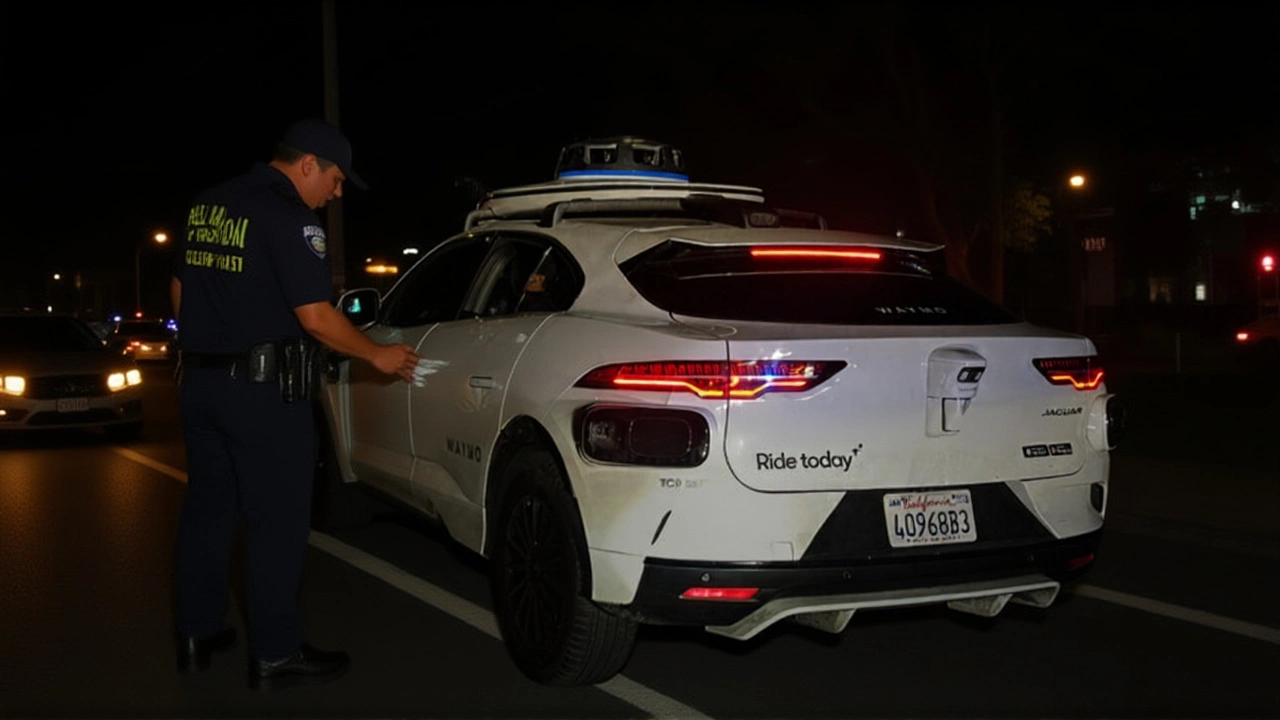Autonomous Vehicle Insights and News
When talking about autonomous vehicle, a road vehicle that can drive itself without a human behind the wheel, self‑driving car, you’re entering a field that mixes cutting‑edge tech with everyday travel. autonomous vehicle technology hinges on three big ideas: sensors that see the road, AI that decides what to do, and rules that keep everyone safe. This mix makes the concept both exciting and complex, so let’s break it down in plain terms.
Key Topics in Autonomous Driving
First up is the Self‑Driving Car, the consumer‑grade version of autonomous vehicle tech that promises door‑to‑door freedom. These cars use a stack of software layers that turn raw data into driving actions. The software layer is powered by Artificial Intelligence, machine‑learning models that learn from miles of real‑world driving. AI interprets visual cues, predicts other drivers’ moves, and decides when to brake or accelerate. The link is clear: Self‑Driving Car relies on AI algorithms to make split‑second choices, creating a seamless ride without a human driver.
Next, consider Sensor Fusion, the process of combining data from cameras, LiDAR, radar and GPS to build a 360° view of the environment. Each sensor has strengths—cameras capture color, LiDAR maps distance, radar sees through rain—so fusing them gives a reliable picture even when conditions change. This technique enables an autonomous vehicle to detect pedestrians, read traffic signs, and navigate complex city streets. In short, Sensor Fusion empowers the car to understand the world as a whole, not just isolated bits.
Regulation is the third pillar. Governments worldwide are drafting Autonomous Vehicle Regulations, rules that define testing limits, safety standards and liability for driverless cars. These policies shape where and how quickly self‑driving cars can appear on public roads. For example, some regions require a safety driver during early testing, while others allow fully driverless taxis in designated zones. The relationship is simple: Regulation influences deployment of autonomous vehicle fleets, ensuring public trust and consistent safety across borders.
The market angle can’t be ignored. Investment in autonomous vehicle startups has surged past $50 billion in the last five years, with major automakers committing billions to R&D. This financial push speeds up hardware miniaturization, improves battery life, and lowers costs for sensor packages. As a result, more consumers will see affordable self‑driving features in everyday cars, not just luxury prototypes. In other words, the economic engine fuels both tech advances and broader adoption.
From a user perspective, the promise is smoother commutes and reclaimed time. Imagine using a ride‑share that drops you at work while you catch up on emails, or a family car that handles school runs while you relax. The user experience hinges on trust, which builds through transparent AI decisions and proven safety records. When these pieces click—sensors, AI, regulation, and market support—the autonomous vehicle becomes a reliable part of daily life.
Below you’ll find a curated collection of articles that dive deeper into each of these areas, from breakthrough sensor designs to the latest policy debates. Whether you’re a tech enthusiast, a policy watcher, or just curious about the future of travel, the posts ahead give you the context you need to stay ahead of the curve.

Waymo Driverless Taxi Pulls Over in San Bruno, Police Can't Issue Ticket
A Waymo driverless taxi made an illegal U‑turn in San Bruno on Oct 1, 2025, leaving police unable to ticket it. The incident highlights California's new AV laws and enforcement challenges.